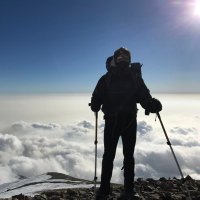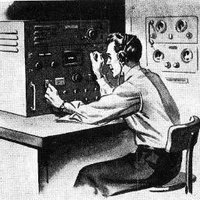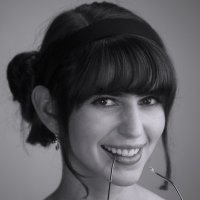
joe
@josef_walker
Guns, Freedom, Physics, rockets, infosec, dead technology. I fiddle with NetBSD, OpenBSD, and RF.
ID: 15714109
03-08-2008 20:37:06
4,4K Tweet
377 Followers
3,3K Following



















@josef_walker
Guns, Freedom, Physics, rockets, infosec, dead technology. I fiddle with NetBSD, OpenBSD, and RF.
ID: 15714109
03-08-2008 20:37:06
4,4K Tweet
377 Followers
3,3K Following

















